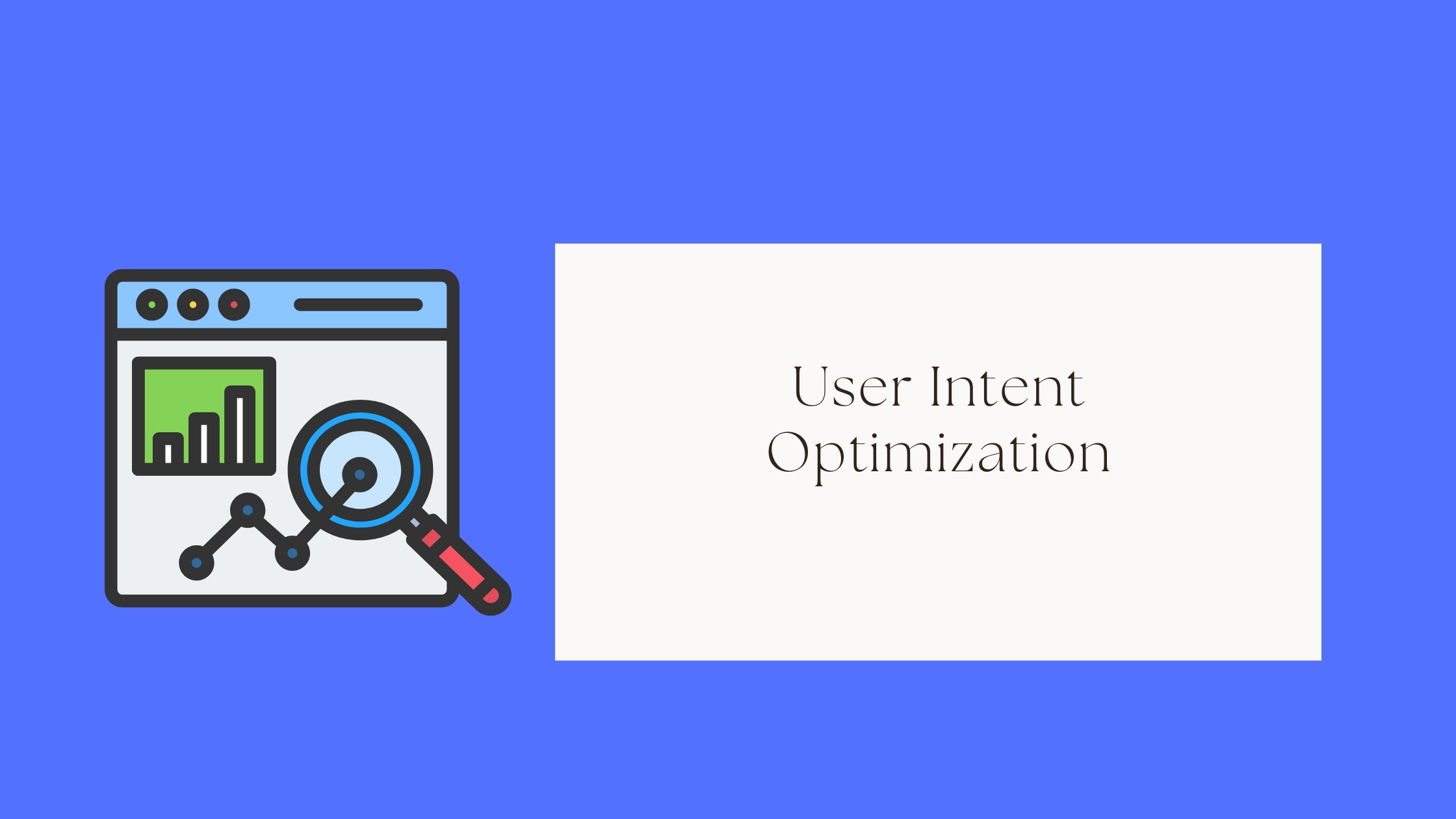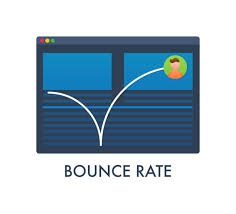
Introduction
Nowadays, search engine optimization (SEO) is no longer simply about achieving high rankings for keywords, but it is about user intent. When a user enters a query to a search engine, there is a clear objective in mind. In doing so, companies can achieve dramatic increases in engagement, traffic, and conversions by optimizing content to fit those objectives.
Content optimization is strongly influenced by user intent, that is, the information presented should precisely ascribe to the requirements of the searchers.
Whether they are looking for information, navigating to a specific website, or making a purchase, businesses that tailor their content to user intent will achieve better rankings, lower bounce rates, and higher conversions.
Understanding User Intent in Search Queries

User intent can be categorized into four main types:
Informational Intent
For users with informational needs, the topic to be learned is known. These queries typically include words like “how to, “guide, “tips, or “best ways. Examples include:.
“How to optimize content for SEO”
“Best practices for digital marketing”
Navigational Intent
Navigational intent is situation when the user has the intention to get to a particular website or page. They have target in mind, but are still looking for it. Examples include:
“Facebook login”
“Amazon customer support”
Transactional Intent
Users with transactional intent are ready to take action, such as making a purchase, signing up for a service, or downloading a tool. Examples include:
“Buy running shoes online”
“Best xlss to pdf converter” (xlss to pdf)
Commercial Investigation
For such users, a purchase is on the horizon, but information is still lacking in order to make a decision. They compare products, read reviews, and analyze different options. Examples include:
“Best laptops under $1000”
“Nike vs Adidas running shoes”
Knowledge of these intent categories allows content creators to optimize their pages to align with what the user wants and get a better experience as well as SEO ranking.
How to Optimize Content for User Intent

Keyword Research Strategies
Employing such tools as Google Keyword Planner, Ahrefs and SEMrush to interpret the search intent for keywords.
Identify long-tail keywords that indicate strong intent.
Optimize for question-based queries and conversational search terms.
Writing Content That Directly Answers Queries
Address user intent in the first few sentences.
Use structured data and featured snippets for better visibility.
Answer frequently asked questions related to your topic.
Structuring Content Effectively
Clarify and (if possible) enhance headings (H1, H2, H3) specific to the users' search.
Include bullet points and lists for readability.
Ensure logical flow from introduction to conclusion.
The Role of UX in User Intent Optimization

Optimizing user experience (UX) is vital to keeping visitors engaged and improving rankings. Here’s how:
Page Speed and Mobile-Friendliness

Provide high-speed, optimized pages featuring images without excessive number of HTTP requests.
Use responsive design for mobile users.
Clear Call-to-Actions (CTAs)
Use persuasive CTAs that align with user intent.
Make CTAs visible and executable (e.g., "Download Now," "Start Now".
Internal Linking for Easy Navigation
Guide users to relevant pages to enhance engagement.
Use descriptive anchor text for internal links.
Case Study: Optimizing for Transactional Intent
A good illustration of transactional intent optimization is an online converter such as xlss to pdf. Users searching for an “Excel to PDF converter” have clear intent—they need a quick and efficient way to convert files.
Key Strategies Used: Key Strategies Used:
Optimized landing page: The tool's landing page has a descriptive title, call to action, and simple interface.
SEO-friendly content: The page is optimized with keywords like “convert Excel to PDF online” and “free xlss to pdf tool.
Fast and efficient user experience: The website is a fast file conversion tool that does not require any extra steps and executes the user intent immediately.
If, by organizing content like this, companies are able to convert better and rank higher in searches, then content structuring like this is achievable.
Measuring Success: Key Metrics for User Intent Optimization
In order to measure the efficiency of content optimization for user intention, monitor the following metrics:.
Click-Through Rate (CTR)
Higher CTR means that the title and the meta description reflect user expectation.
Bounce Rate and Time Spent on Page

A low bounce rate and longer session duration suggest that content aligns well with user expectations.
Conversion Rate and Lead Generation
Counting form submissions, downloads, or purchases can give insight into the effectiveness of the content in driving action.
See Value Work
Conclusion
User intent optimization is a game-changer in SEO. Thereby business can improve user experience, optimize search engine rankings, and boost conversions through mapping content to search queries. The key is to:
Identify and categorize user intent.
Optimize content with relevant keywords and clear structures.
Enhance UX with high load-rate pages, easy-to-navigate navigation, and powerful calls-to-action (CTAs).
Continuously measure and refine strategies based on performance metrics.
When businesses can align content with their user's need, they can establish authentic relationships with their audience that will lead to sustainable search rankings success.
Useful Links for SEO:
Leveraging Knowledge Graphs for Enhanced Visibility
SEO for FAQ Pages: How to Capture Voice Search Traffic
HTTPS vs. HTTP: Why Secure Websites Rank Better
How to Build Effective SEO Dashboards for Clients
The Role of Blockchain in SEO and Digital Marketing
SEO Attribution Models: Understanding Conversion Paths
Leveraging Knowledge Graphs for Enhanced Visibility
Combating Negative SEO: Protecting Your Website from Attacks
AI-Driven Competitor Analysis for Better SEO Strategies
Advanced Google Analytics 4 Configurations for SEO Insights
Mastering Schema Markup for Featured Snippets and Rich Results
Creating SEO-Optimized Content with Generative AI
Broken Link Building in 2025: Does It Still Work?
Sustainability and SEO: How to Build Eco-Friendly Websites
Measuring ROI from SEO Campaigns: A Practical Guide
The Future of Backlinks in a Post-Link-Earning World
SEO for Niche Blogs: Standing Out in Small Markets
Optimizing Content for Google Discover: A Complete Guide
Ultimate Guide to Convert RAW to PDF Online: Free, Easy, and Efficient
SEO for Nonprofits: Amplifying Impact Through Search Engines
How to Use Brand Mentions for SEO Without Traditional Backlinks
E-commerce Schema Markup: How to Improve Product Visibility
Google My Business Optimization: The Secret to Local SEO Success
Using CDN and Cloud Solutions for Faster Performance
SEO Forecasting: Predicting Traffic and Trends Using Data Science
Headless CMS and SEO: Optimizing for a Decoupled Web
SEO for E-Commerce: How to Rank Product Pages on Google
How to Optimize for Google’s “Near Me” Searches
Brand Mentions vs. Backlinks: Which One Impacts SEO More?
Voice Search Optimization: Preparing for a Hands-Free Future
Bilingual and Multilingual SEO: Best Practices for Global Reach
